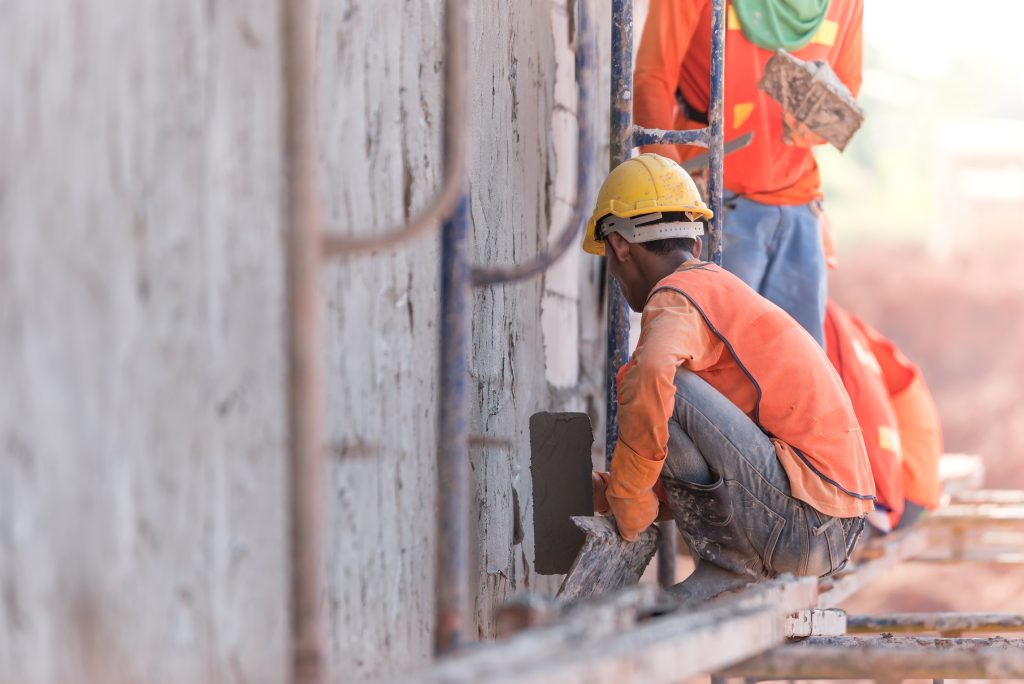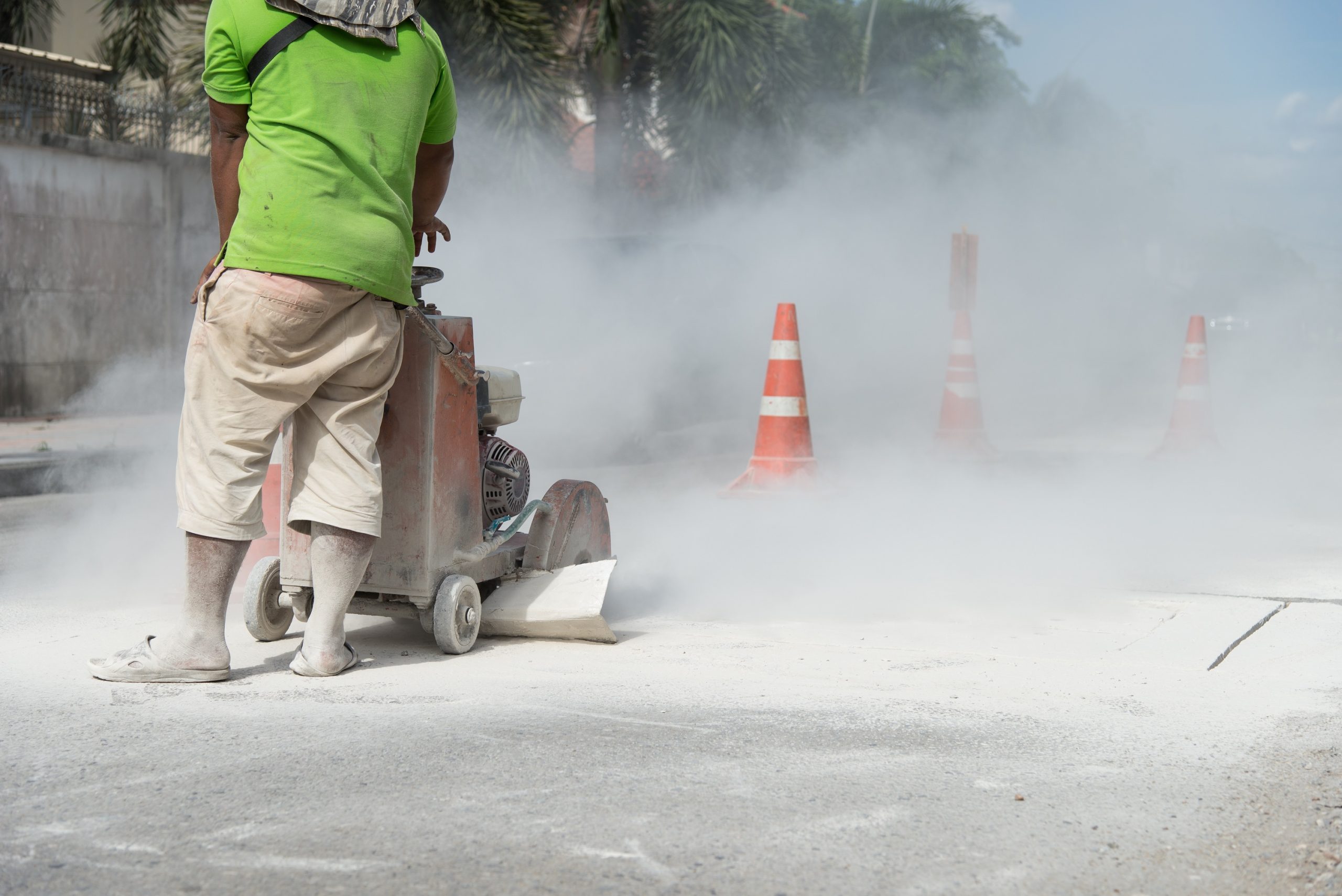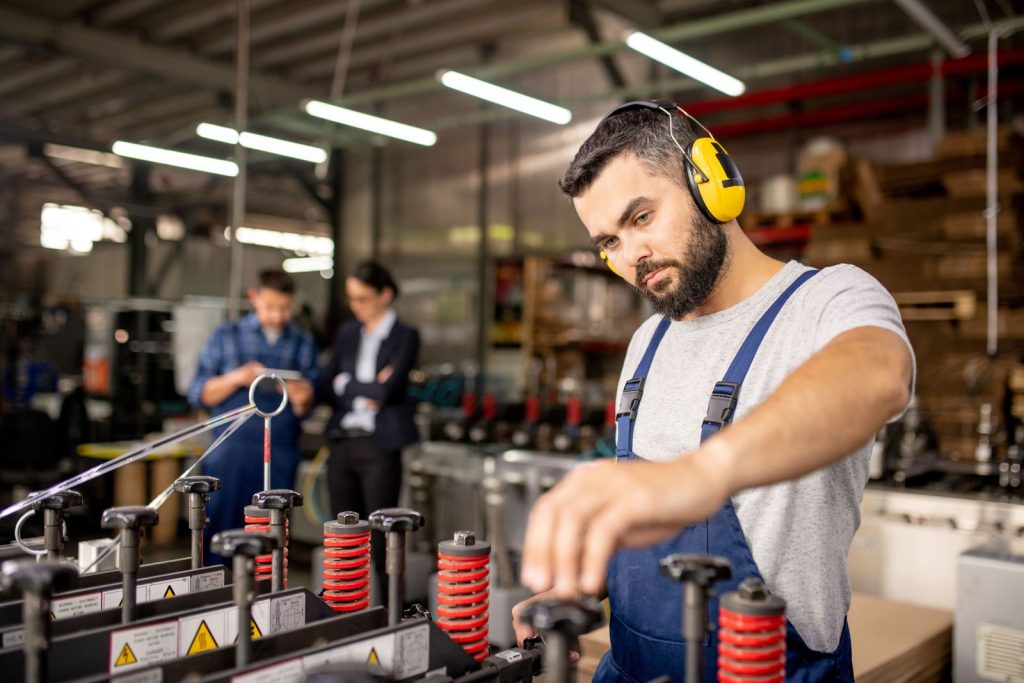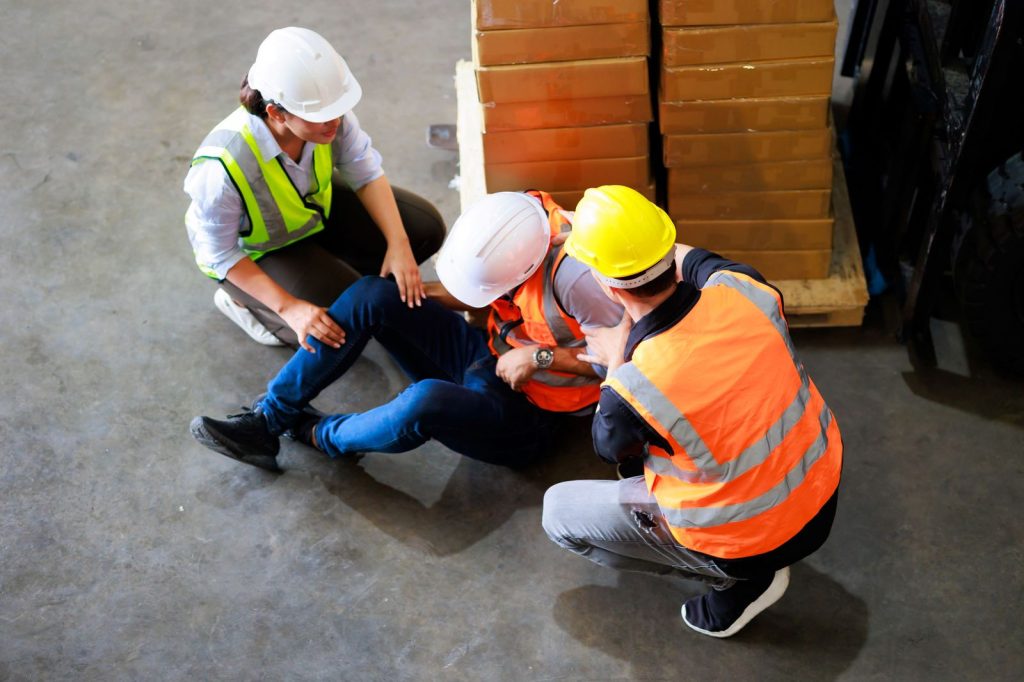The Little Known Dangers That Put Concrete Workers at Risk

Working with material like concrete can come with a rewarding sense of permanence. What you’re working on and with can and will be there for a very long time!
However, it can also come with a sense of fear. For what is malleable at first hardens into a potentially deadly form of durability, which can also lead to health risks.
Although construction work is often connected with high-risk environments and movements, even the workers themselves can be unaware, ultimately, of the full list of dangers and risks that come along with the job.
In this article, we’re going to go through the little known dangers that put concrete workers at risk.
Working With Concrete Safely
Before you fully integrate safety procedures into the workplace, you should first be aware (as a worker and as an organization) of the various safety threats when working with concrete.
So, what are some hazards?

Some potential issues that can occur from concrete manufacturing include:
- Cement dust in the respiratory tract, or penetrating skin and/or eyes: Cement dust is a component of concrete (along with gravel, sand, crushed stone and water). Without proper PPE, covering skin, shielding eyes, nose and mouth, cement dust can penetrate the human body. This may lead to immediate irritation like coughing, wheezing and trouble breathing, and can also cause health issues later on.
- The overexertion of your musculoskeletal system: . Whether working in awkward postures, dealing with the bearing and maneuvering of heavy weight, or simply being in an environment where you may slip, trip or fall, the body is subjected to constant strain. One wrong move can quickly cause a muscle strain, or stressors can build over time and develop into injury.
- The neglect of adequate safety guards on equipment, on yourself, or even on the systems that are connected with machinery: This lack of care can lead to potentially deadly scenarios.
- Chemical burns from wet concrete: Whether concrete is splattered directly on skin or seeps through boots, gloves or clothing it can cause significant burns, that progress even when contact stops.
Safety Measures in the Concrete Industry
There are so many impactful measures that can be taken regarding the safety of cement and concrete working.
In this section, we’re going to break down the various hazards and their connected solutions:
- The cement dust hazard can be solved by taking measures of eye, nose, and mouth protection— with a P-, N- or R-95 Respirator. You can also have a rinsing area for emergencies as well as a no-eat and no-drink policy in dusty areas.
- To help avoid wet concrete irritation and injuries like burns, make well-fitted work protection equipment mandatory, like alkali-resistant gloves, coveralls with long sleeves, and boots, as well as eye protection.Again rinsing stations are also critical.
- The hazard of poor ergonomics leading to musculoskeletal disorders can be avoided by promoting the use of hand trucks or forklifts when possible, lifting smarter and not harder, avoiding twisting or awkward movements while carrying heavy items, and keeping floors clear. Our team at Work-Fit specializes in providing ongoing training and support to concrete workers to help them avoid, reduce, and rehabilitate from injuries related to ergonomics.
Invest in your Employees, Invest in Work-Fit
As a nationwide leader of applying sports medicine techniques in the workplace to prevent injuries, Work-Fit believes in treating the corporate and occupational worker from prevention to treatment to rehabilitation to optimize health and keep your workers on the job.
By integrating our certified healthcare professionals with your team, we can deliver the same level of care afforded to a professional athlete that will keep your team members healthy and on the job.
Contact Work-Fit to explore how we can tailor our available services specifically for your company.



